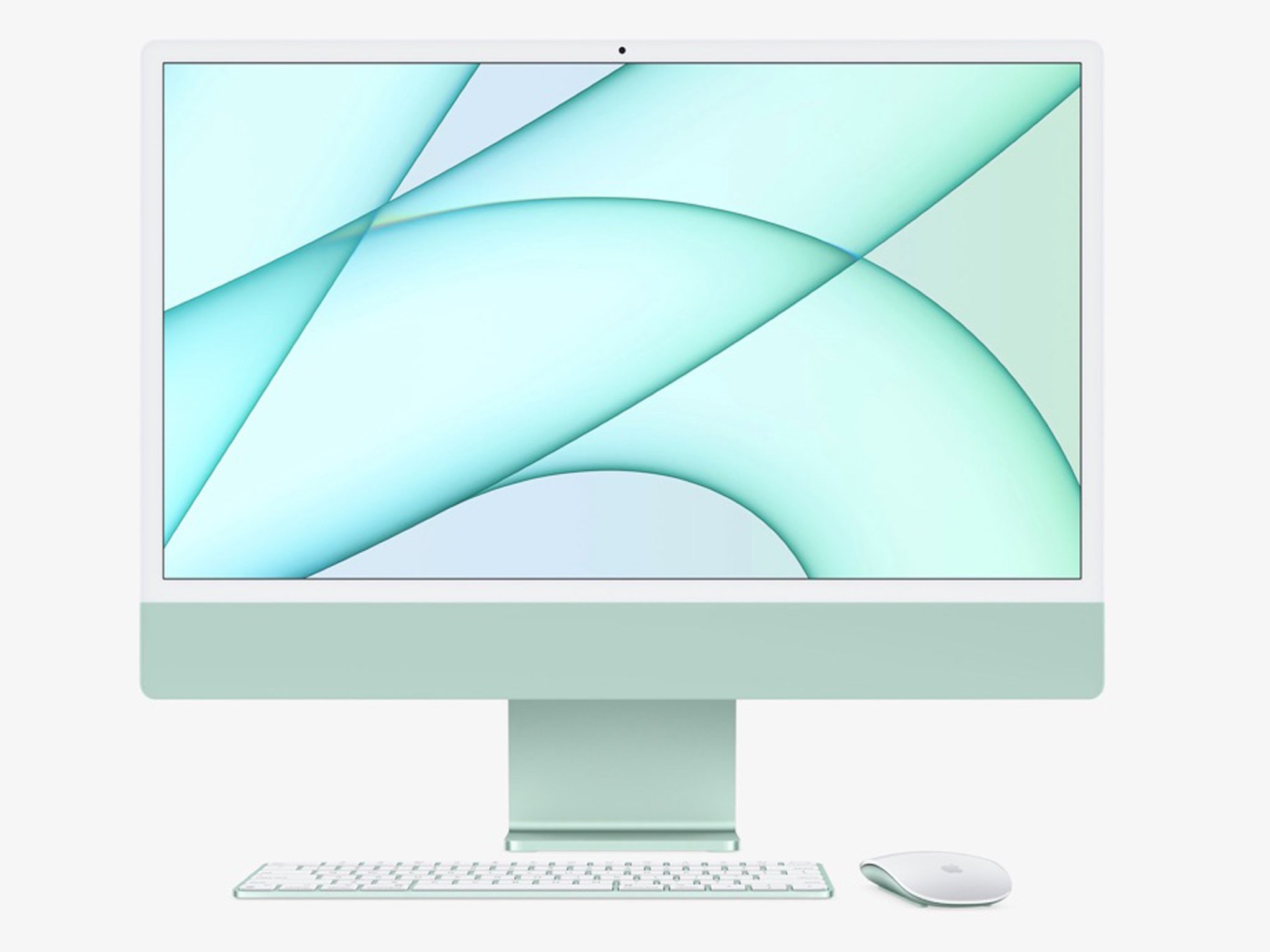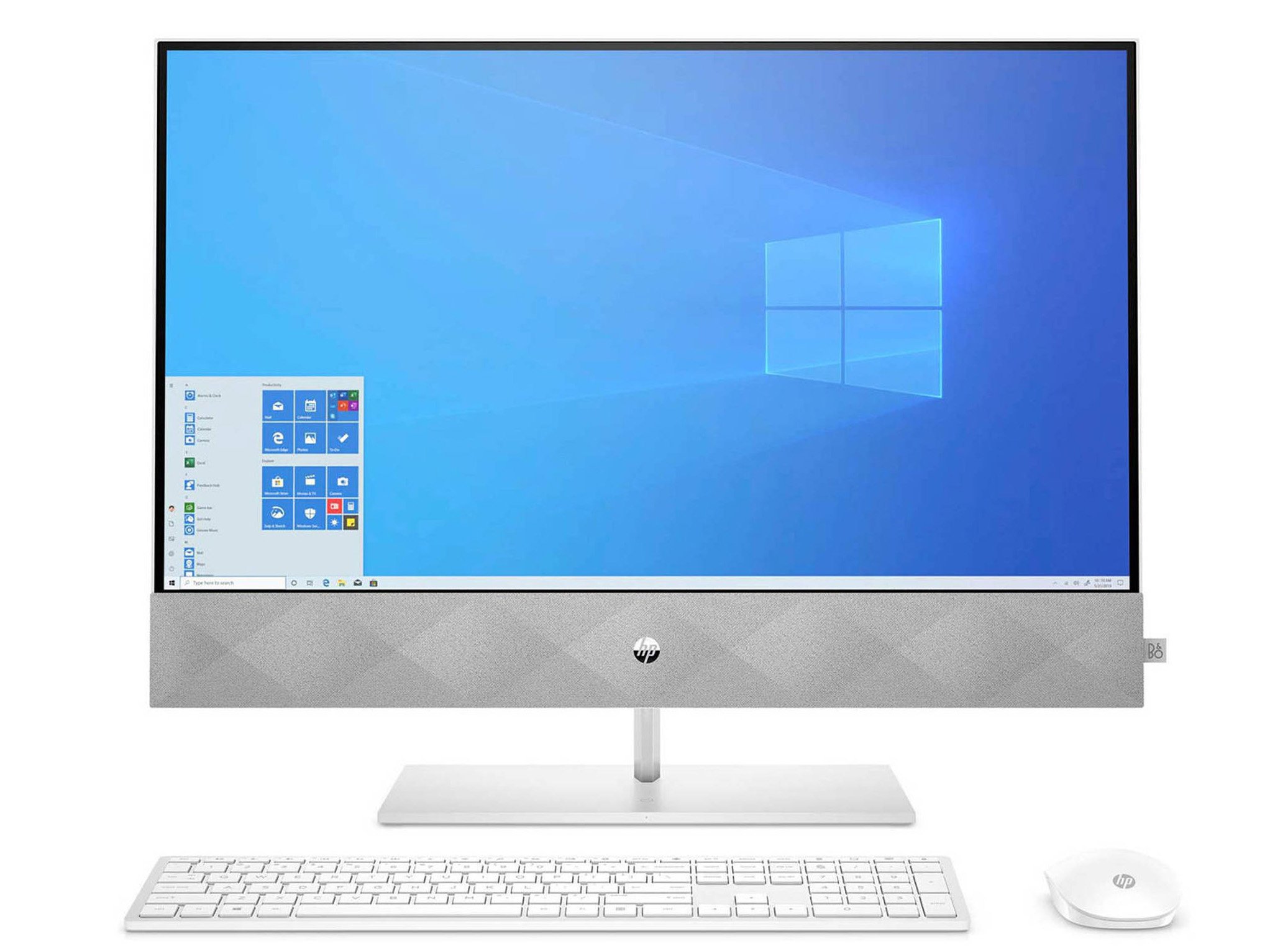 Apple iMac (2021) looks OK, but the value is substantial.
Apple iMac (2021) looks OK, but the value is substantial.
A lot of the press is laughing at Apple's new iMac, but the pricing and value are the real stories here.
Earlier this week, Apple held its spring event, where it announced refreshes to its iPad Pro, introduced AirTags, and something about a purple phone. The big reveal, though, was the highly anticipated refresh of the 24-inch iMac.
As a side note, I always find it entertaining the overpromise of Apple rumors versus the reality. Early renders had the iMac being essentially a giant iPad Pro with no chin. Another tale suggested there would be an option for something closer to 32-inches, too. And few guessed that space gray would not be a choice, and instead, we would get some, ahem, bold pastels.
While it is fun to tease Apple and the new iMacs based on looks (the chin, the weird bezel, the colors) and the unnecessary thinness (it uses a MagSafe because it is literally too thin for an AC plug), it's all low-hanging fruit. Apple often releases odd designs, like AirPods, or has terrible names, like iPad, but it never matters. What does matter is if the product is good, and I am willing to give the benefit of the doubt to Apple that it is.
The dream (rumor):
— Daniel Rubino (@Daniel_Rubino) April 20, 2021
vs. The reality: pic.twitter.com/oHFpd4P26T
But what makes the new iMacs, with their 4.5K Retina displays and Apple M1 chips, killer is the price. The 8-core model with adequate (but not great) 256GB of storage starts at $1,299. The "high-end" version is $1,699 with 512GB of storage. A 2TB option is expected later.
That's not cheap, but it's also not ridiculous either, especially when comparing it to Windows PCs.
Sure, HP has the excellent-looking Pavilion All-in-One (AIO) 27-inch, which can be configured with double the RAM, many more ports, and quadruple the storage for slightly less than Apple's. But Apple's M1 chip easily beats that Intel Core i7-10700T in any benchmark by a significant amount. Plus, Apple's 4.5K Retina display trumps the Pavilion's QHD (2560 x 1440) one, and you get that nifty new iPhone camera tech.
HP also has the absurdly good ENVY All-in-One 32-inch, now with a 65-watt 10th Gen i7-10700 and RTX 2070 GPU, but pricing for that behemoth is around $2,300 (you can get one starting at $1,700, however). Going in the other direction, Dell has its Inspiron 24 starting at $520, which helps those on a budget.
But there is not much in the way of a $1,400 premium AIO Windows PC. Surface Studio 2 certainly looks the part, but it starts at $3,500 (and the guts are dated). See our best all-in-one PCs to see what we mean — there's exciting stuff, for sure, but not quite like that iMac.
 HP Pavilion AIO 27 is cheaper, has more ports, and looks great, but ...
HP Pavilion AIO 27 is cheaper, has more ports, and looks great, but ...
Right now, Apple has this weird lock on outstanding displays and a perfect processor. We recently wrote about how there aren't many great AIO Windows PCs – likely a reflection of the market being slow to adopt them. Apple, however, is figuring out a new market with a computer that merges the iPad Pro with a desktop PC. It is thin and light at 9.88 pounds (4.48 kg), and it looks like something from the future.
Even if Microsoft wanted to create such a PC, the choice of CPU would be a limiting factor. Either Intel or AMD would need active cooling, which means fan noise and venting in the chassis – both of which the new iMac omits. Qualcomm (or even Huawei and Microsoft) could be an option if it has a desktop-class ARM processor waiting in the wings. I believe Qualcomm will have an answer to a desktop M1, but until it is announced and benchmarked, it is just vaporware.
The bottom line: do not get distracted with the looks of the new iMac. The real story is that price, which will give PC makers some heartburn later in May when it finally hits store shelves. Colleges, boutiques, hotels, trendy artists, and those already steeped in the Apple ecosystem will gladly for out money for the M1 iMac. And while I'm not fond of the colors, people are going to find it fun.
Usually, this is where I'd say let's see how Microsoft and its partners respond, but it's not even clear that they can, not at this level. Watch this space.
No comments: